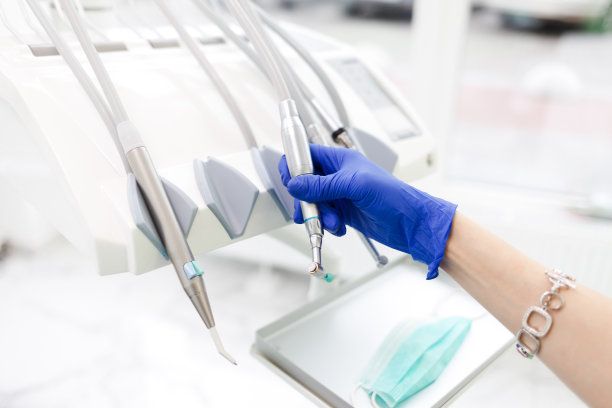The Essential Guide to Extracting a Tooth Preparation, Procedure, and Aftercare Tips for a Smooth Experience
Summary: Extracting a tooth can be an intimidating experience, but with the right preparation, procedure knowledge, and aftercare tips, it can be smooth and manageable. This guide outlines essential steps for patients considering a tooth extraction, from the pre-extraction preparations that ensure safety and comfort, to understanding the step-by-step procedure involved, followed by aftercare strategies that promote healing and minimize discomfort. With the right information, patients can approach the extraction process with confidence and ease.
1. Preparing for a Tooth Extraction Procedure

Proper preparation is key to ensuring a successful tooth extraction. Before the procedure, it is crucial to schedule a consultation with your dentist. This allows for a thorough examination to determine the necessity of the extraction and to discuss any concerns. During this appointment, the dentist will take x-rays to better understand the tooths condition and its roots.
Patients should also provide a complete medical history, including any medications currently being taken. Certain medications, especially blood thinners, may affect the extraction process. Your dentist may advise you to adjust your medication regimen prior to the procedure to minimize any risks.
Additionally, it is advisable to arrange for transportation post-extraction. Depending on the type of anesthesia used, patients may feel groggy afterward and shouldn’t drive. Planning for assistance from a friend or family member can ease anxiety and ensure a safe journey home.
2. Understanding the Tooth Extraction Procedure
The tooth extraction procedure begins with the administration of anesthesia, which may be local or general based on the complexity of the extraction. Once the patient is numb, the dentist will carefully loosen the tooth from its socket using specialized dental instruments. This step is crucial, as it minimizes trauma to the surrounding tissues.
Once the tooth is adequately loosened, the dentist will remove it carefully. For impacted teeth, such as wisdom teeth, the procedure may involve making a small incision in the gum to access the tooth more easily. This process can take anywhere from a few minutes to longer, depending on the tooth’s condition and location.
After the tooth is removed, the dentist will clean the extraction site and may place stitches to aid healing. A gauze pad is usually placed over the site to control bleeding. It is vital to follow your dentists instructions on how long to keep the gauze in place and what to expect in terms of recovery time.
3. Aftercare Tips for a Smooth Recovery
Post-extraction care is just as important as preparation and the procedure itself. Patients should bite down on the gauze pad for a minimum of 30 minutes to control bleeding. After this period, it is advisable to replace the gauze with a fresh piece if bleeding continues.
During the initial days following the extraction, patients should avoid strenuous activities and refrain from using straws, as the suction can dislodge the blood clot and delay healing. Eating soft foods and drinking plenty of fluids are highly recommended to ensure adequate nutrition without straining the extraction site.
Additionally, pain management is essential. Over-the-counter pain relief medications or those prescribed by the dentist can help manage discomfort effectively. If severe pain or prolonged bleeding occurs, it is crucial to contact your dentist immediately for advice. Keeping the extraction site clean and following specific aftercare instructions will significantly enhance the recovery process.
4. Recognizing Signs of Complications
Being aware of potential complications is vital for anyone recovering from a tooth extraction. While most extractions heal without issues, severe pain, swelling, or a persistent bad taste in the mouth could indicate infection or complications like dry socket, where the blood clot fails to form or dislodges prematurely.
If you notice these symptoms, it’s important to seek dental advice promptly. Typically, the dentist may provide a treatment plan that could include cleaning the extraction site or medication to resolve any infections.
Moreover, attending follow-up appointments is essential. These visits enable the dentist to assess healing progress and address any concerns that may arise. Consistent monitoring can help prevent future issues and ensure a healthy recovery.
Summary:
Tooth extraction, while often necessary, can be managed effectively with proper knowledge and preparation. Understanding the preparation steps, the procedure itself, and the aftercare tips can make any patient’s experience smoother and more successful. Always listen to your dentist’s instructions and be aware of the signs of complications to promote a speedy recovery.
This article is compiled by Vickong Dental and the content is for reference only.



